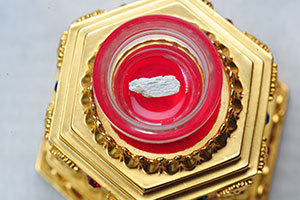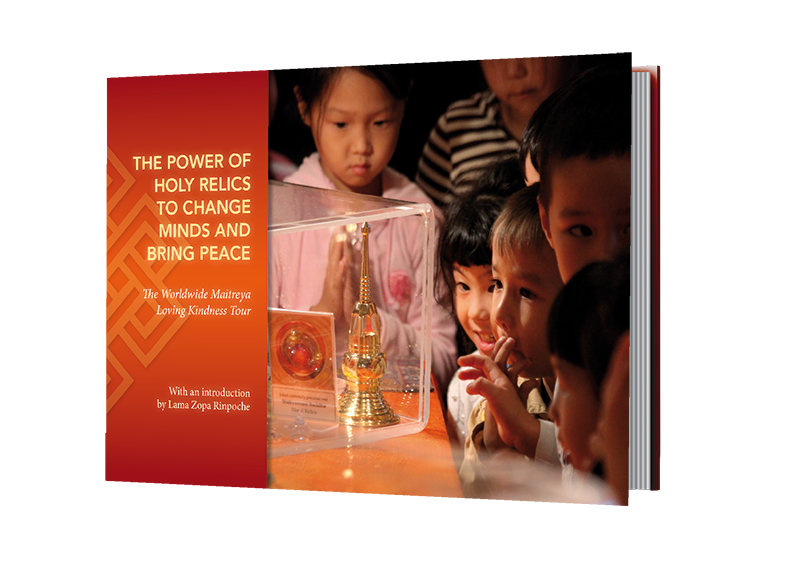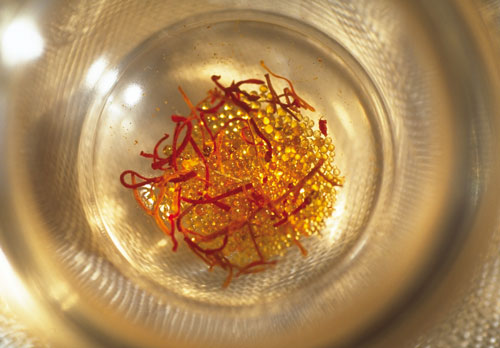What are relics?

Relic of Jamyang Khyentse Chökyi Lodrö, 1893–1959
Relics are the Manifestation of the Realisations of Holy Beings
When the bodies of accomplished meditators are cremated, sometimes pearl-like crystals are found among their ashes. Tibetans call them ringsel; in Sanskrit, śarīra.
According to Lama Zopa Rinpoche, in The Kalachakra Tantra there are detailed descriptions of the intimate relationship between internal and external energies – “internal” referring to consciousness, or mind, which in Buddhism is considered not physical, and “external” referring to the physical. According to the Tantrayana Buddhist worldview, the subtle consciousness of a person is inextricably connected to the subtle physical energies – air, or wind, energy – that flow through a system of 72,000 subtle physical channels in the body – “the mind rides on the winds,” as the Tibetans would say. The elaborate Tibetan Buddhist medical system is based on this model.
When the mind of the practitioner is loving or compassionate or wise, for example, this just naturally impacts upon the subtle winds, purifying them and, in turn, purifying the grosser body of the practitioner, the body that we can see, making it a holy thing in itself, giving it the power of healing, of benefiting anyone who touches it, even sees it. After death, these purified subtler physical energies can manifest as pearl-like crystal relics.
Thus it is said that the meditator’s spiritual realisations of wisdom and compassion physically manifest in the form of the relics. (The Power of Holy Relics.)

All profits from book sales will be donated to
Lama Zopa Rinpoche’s charitable projects.

Blood relics of Shakyamuni Buddha, c.563–c.484 BCE